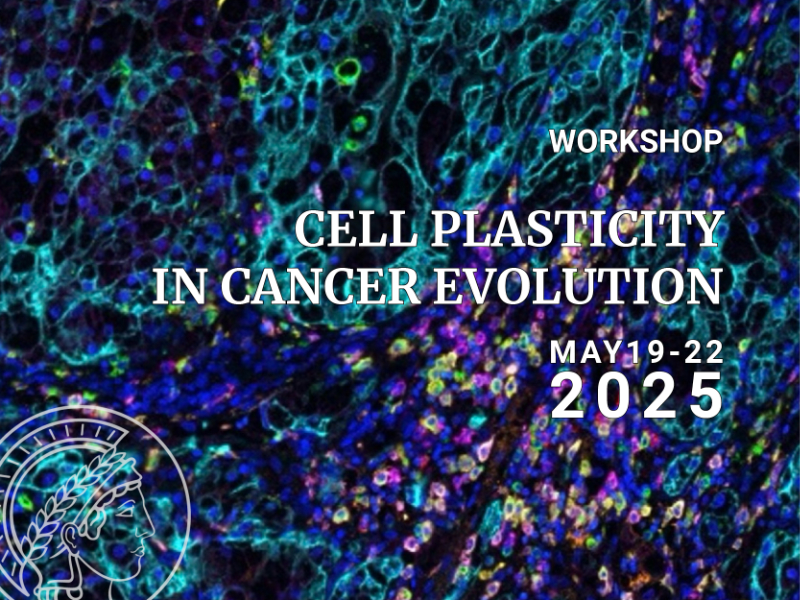Speaker
Description
Authors: A. Schilhabel, M. Khouja, S. Neumann, T. Stadler, H. Ahmed, E. Dazert, T. Gemoll, U. Günther, I. König, M. Kotrova, H. Busch, C. Baldus, C. Pott, N. von Bubnoff, M. Brüggemann, C. Khandanpour
MM is a rare hematological malignancy in Europe and is not curable(1). It relapses and the time interval from each line to the next one decreases, requiring frequent changes of regime(2). Bispecific antibody have the potential to transform the treatment paradigm of MM(2, 3). However, also for Bispecific antibody current practice mandates continuous therapy for all patients in complete remission, even though the impact on disease control remains uncertain and potential side effects may worsen over time. Moreover, prolonged administration of Bispecific antibody can exhaust T-cells, potentially impairing their therapeutic efficacy (Fig. 1). Hence, we aim to alter the application method of Bispecific antibody. Continuous therapy with bispecific antibodies might exhaust T-cells worsens prognosis and contributes to cloneal evolution. It also increases infectious complications and is associated with high cost. From (4). Assessment of response rate (either CR or CR combined with MRD-negativity) could identify patients with sustainable response, who do not require continuous therapy but potentially a reduced rate of application. It could even improve outcome of patients by reducing T-cell exhaustion and other negative effects without hampering disease control (3, 5). Simultaneously, therapy will be promptly restarted if MRD relapse is indicating imminent loss of CR. Current practice for determining MRD relies on invasive and painful bone marrow punctures. In addition, single bone marrow samplings do not accurately reflect the whole disease status, given the MM heterogeneity, high clonal evolution and sampling errors. Liquid biopsies are promising non-invasive alternative sources for MRD assessment that may overcome these limitations.

